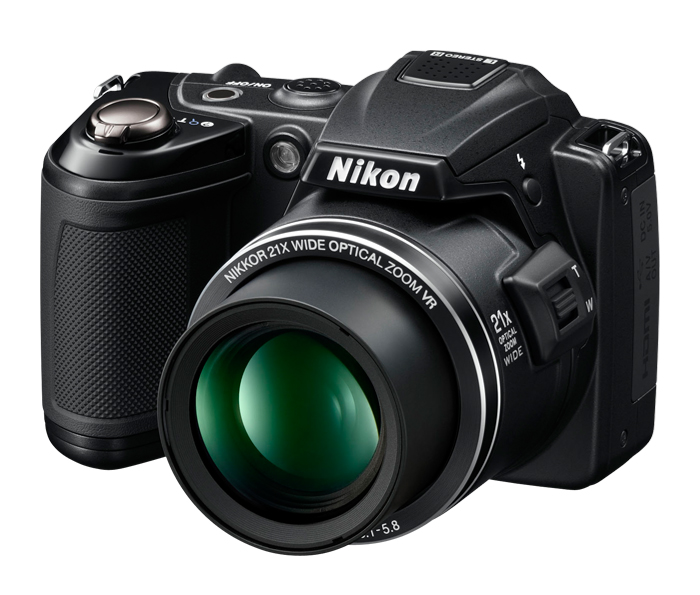Why you can trust TechRadar
Nikon L120 Review: Performance
Compared to its peers, the L120 battled valiantly in terms of sensitivity. At ISO 400 we begin to witness small signs of details being smoothed, and at ISO 800 lines and borders begin to merge.
Disturbance increases subtly as we step up to ISO 1600, and by ISO 3200 colours are muted and noise heightened, but by ISO 6400 details are irrevocably scrambled and noise visibly destroying image integrity, rendering results unusable.
Noise reduction technology is clearly in place but whilst this does go some way to reducing the disturbance of grain it also robs the image of its detail and the mutes colours, however overall the results are certainly in keeping with what we would accept to see of a camera of this calibre.
Looking at the performance of the lens we can see evidence of purple fringing, although this is only a minor concern as it seemingly only appears along edges in high contrast situations.
The lens is pleasingly sharp in centre but adequate through to the edges and the housed sensor-shift vibration reduction technology makes this a fantastic option for handheld shooting at full zoom and in low light.
Offering subject tracking, single and continuous AF modes, plus AF area modes adjustable for face priority, auto, manual and centre, we found that the AF system performed expertly well for close ups, portraits and generally speaking in most indoor and outdoor lighting environments.
The only occasions we did notice a struggle was in low-contrast and low-light environments, and when the subject moved erratically at pace.
Manual metering options come in the form of multi-pattern and centre-weighted, and the Nikon L120 certainly delivered well-metered scenes in auto mode and scene modes, presenting details in both highlights and shadows in a range of high and low contrast situations.
In fact, the Coolpix L120 exposed superbly well in most scenarios, with the only obvious exception being Easy Auto mode, where unlike the dedicated scene and Auto mode, it slightly overexposed frames, leaving them with muted colours, low-contrast and flattened details.
But the good news is the L120 fits exposure compensation providing +/- 2EV in 1/3 steps. The results from our white balance tests showed that the L120 is capable of replicating colours accurately in a range of indoor and outdoor scenarios, with auto and preset modes set to please beginners and advanced enthusiasts respectively.
In terms of overall colour and detail replication the L120 goes leaps and bounds beyond our expectations, turning in some wonderfully metered and well exposed results.
Current page: Nikon L120 Review: Performance
Prev Page Nikon L120 Review: Build and handling Next Page Nikon L120 Review: Photo samples